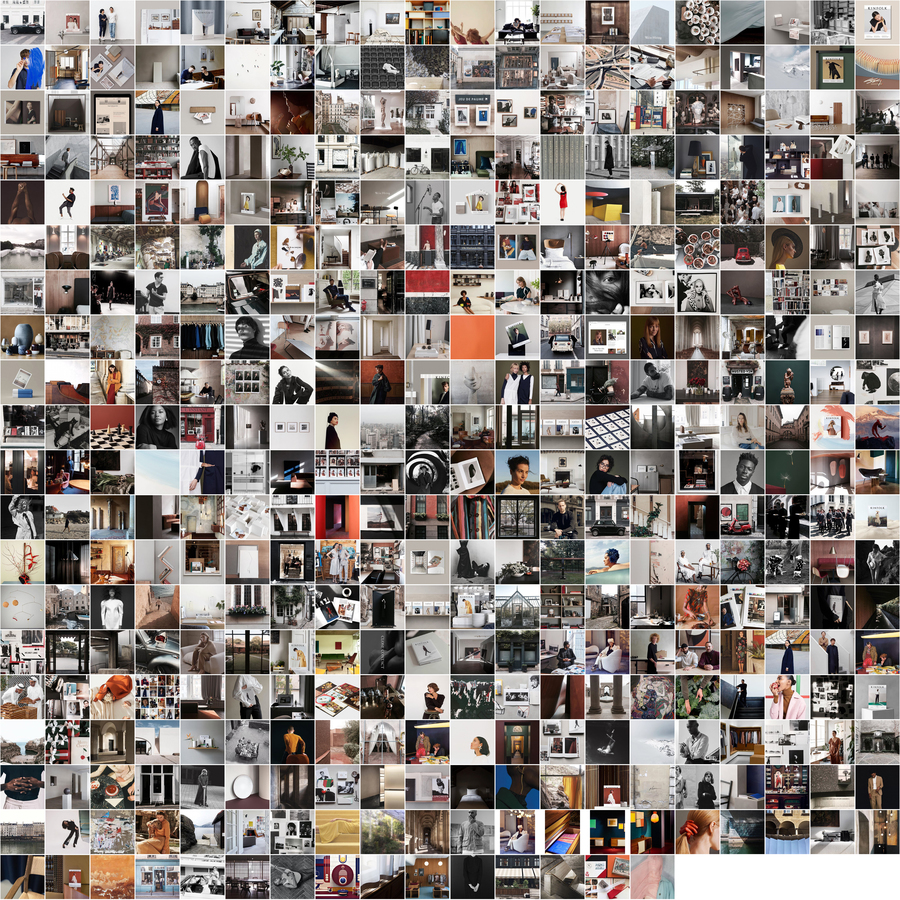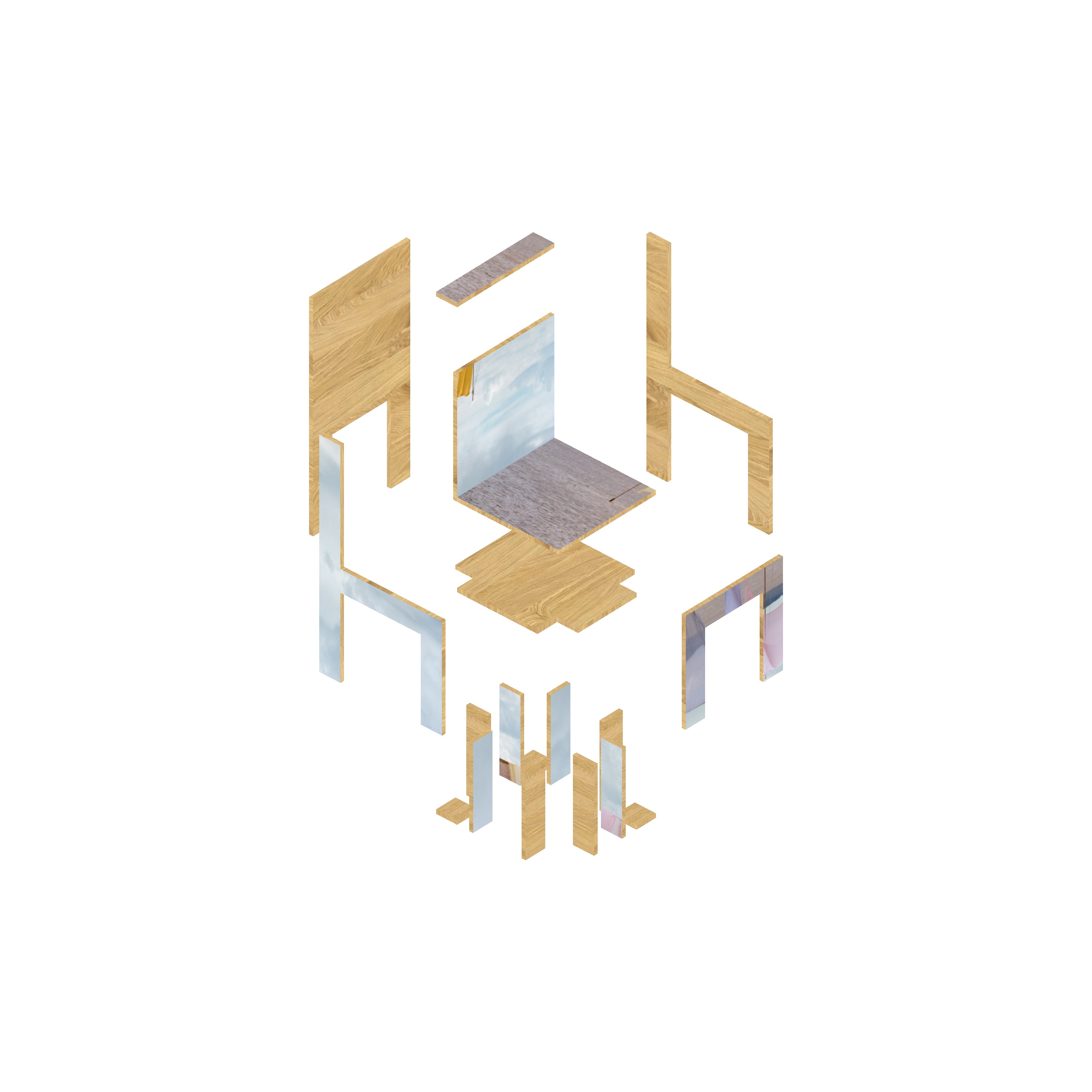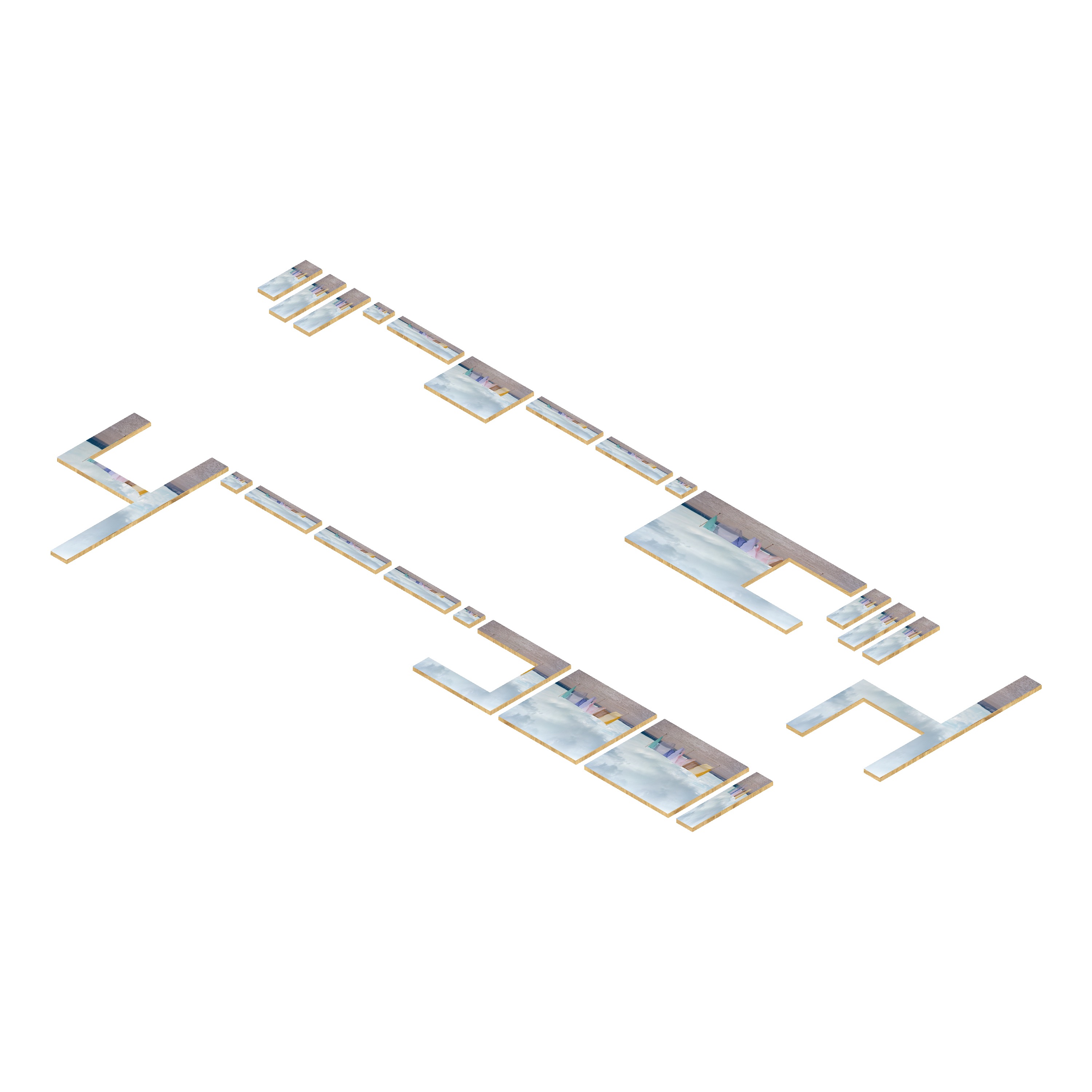Kinfolk-ish

The image above is a Kinfolk contact sheet, representing every singleInstagram post from @kinfolk from 2015 to the present, February of 2019. Seeing image-patterns and sampling the most frequent traits, the outputof this data is spatialized into an uncanny Kinfolk-ish environment.




